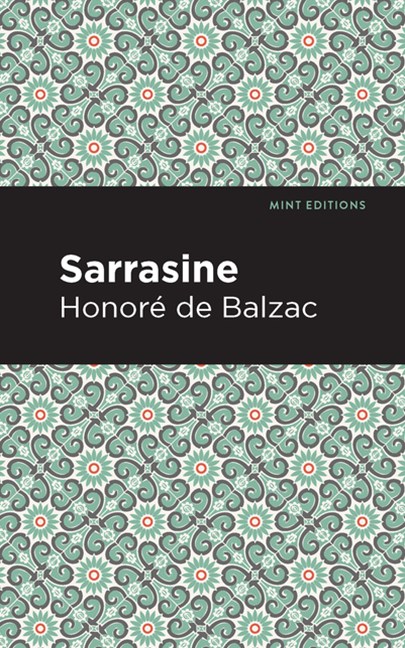0 Comment
Sarrasine
Explanation
Sarrasine (1831) is a novella by French author Honoré de Balzac. Written as part of his La Comédie humaine sequence, Sarrasine is one of Balzac's earliest works published without a pseudonym and helped to establish his reputation as a serious writer and distinguished member of Parisian high society. Noted for its controversial exploration of homosexuality and castration, Balzac's novella would become the subject of Roland Barthe's groundbreaking work of literary criticism, S/Z (1970). Composed as a frame narrative, Sarrasine begins during a ball at the mansion of the wealthy Monsieur de Lanty. The unnamed narrator, from a window overlooking the garden, listens to the conversations of partygoers and watches as his guest, Beatrix Rochefide, is approached by a mysterious older man. The next night, the narrator tells Beatrix a story involving the man, a respected member of de Lanty's circle. He begins with the life of Ernest-Jean Sarrasine, a successful young sculptor who, on a trip to Rome, fell in love with an opera star named Zambinella. Convinced she represents the ideal feminine form, he rejects Zambinella's misgivings and vague excuses, becoming increasingly obsessed with the beautiful singer. Devising a plan to kidnap Zambinella during a party at the French embassy, Sarrasine discovers the truth: the singer is a castrato, a classical operatic performer who was selected and castrated before puberty. Sarrasine, a powerful novella, explores themes of idealization and obsession while illuminating the conflation of sex and gender. With a beautifully designed cover and professionally typeset manuscript, this edition of Honoré de Balzac's Sarrasine is a classic of French literature reimagined for modern readers.
Point : (0 Comment)
Writer
Language
English
ISBN
9781513269542
Number of pages
36
Publisher
Category
Author's Other Books





Sarrasine - Honore De Balzac